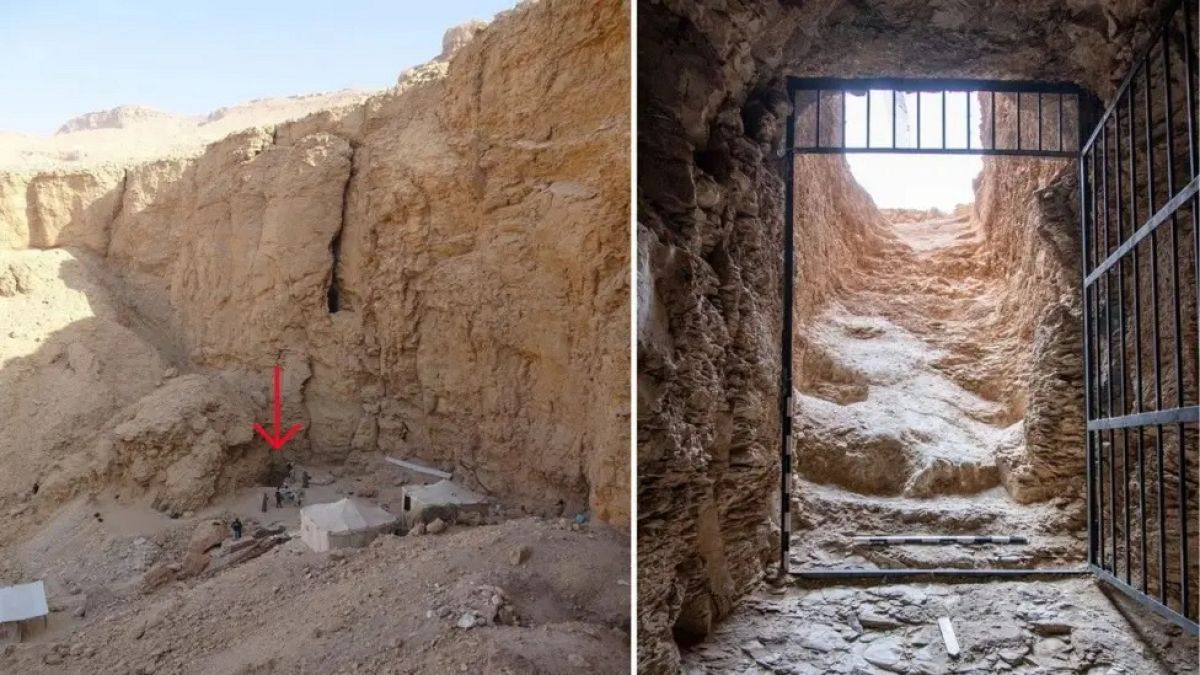A British archaeologist believes his team may have uncovered a second tomb belonging to an Egyptian pharaoh, Thutmose II, just days after discovering the first.
The stuff of dreams for any archaeologist, Piers Litherland and his team, working on a British-Egyptian excavation, might have stumbled upon the second tomb of King Thutmose II in the Western Valleys of the Theban Necropolis near Luxor, Egypt. This comes only days after the team’s landmark discovery of the pharaoh’s first tomb.
Litherland suspects the tomb may hold Thutmose II’s mummified remains, alongside grave goods, and says it is located 23 metres below a man-made pile of rubble, limestone, ash, and mud plaster designed to blend into the landscape. “The best candidate for what is hidden underneath this enormously expensive, in terms of effort, pile is the second tomb of Thutmose II,” he told The Observer.
The discovery of the first tomb was nothing short of groundbreaking – the first such find since the discovery of Tutankhamun’s tomb over a century ago. Initially thought to be the tomb of a royal woman, Litherland’s team uncovered a decorated burial chamber with a blue-painted ceiling featuring yellow stars, which was a clear marker of a royal tomb.
Thutmose II, who reigned from 1493 to 1479 BC, is most famously known as the husband of Queen Hatshepsut, one of Egypt’s few female pharaohs. Archaeologists believe the first tomb was emptied six years after burial due to a flood, with the pharaoh’s body then relocated to the second tomb. Litherland and his team are now working meticulously to uncover the second tomb by hand, after previous attempts to tunnel in proved too dangerous.
“This tomb has been hiding in plain sight for 3,500 years,” Litherland added. “You dream about such things. But like winning the lottery, you never believe it will happen to you.”
With their excavation ongoing, the team hopes to reach the tomb in about a month.
Until now, the whereabouts of Thutmose II’s original burial site had remained a mystery. While his mummified remains were uncovered 200 years ago in the Deir el-Bahri Cache above the Mortuary Temple of Hatshepsut, the location of his tomb had been lost to history.
Mohamed Ismail Khaled, the secretary general of Egypt’s Supreme Court of Antiquities, said in a statement that the initial discovery was “one of the most significant archaeological breakthroughs in recent years”.

